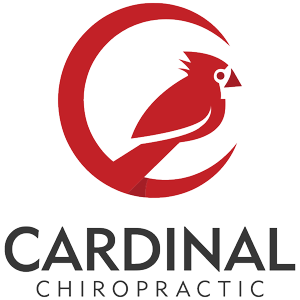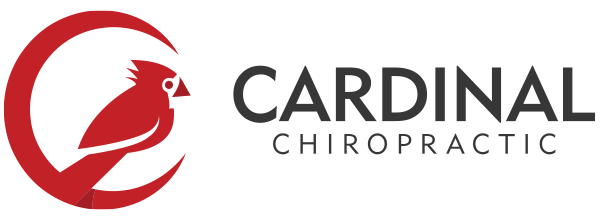Scoliosis can start in later life, too
Adult degenerative scoliosis, or denovo scoliosis, is a structural change of the spine with a higher incidence than adolescent idiopathic scoliosis. The aging population has resulted in more and more cases of this type of adult scoliosis. Studies suggest 30% of adults in their 60s will develop a denovo scoliosis, whereas 50% of adults in their 90s will develop a denovo scoliosis. The longer we live, the more likely we will face degenerative changes in the spine. This can predispose us to the onset of scoliosis that only starts in adulthood. Sure, there can be many patients facing scoliosis that started in early childhood or adolescence, but there is this growing number of people that need our attention – adults with a new case of scoliosis.
How does adult denovo scoliosis occur?
This type of scoliosis occurs because of spinal degeneration. This involves asymmetric degeneration of the intervertebral discs and facet joints at different levels, which leads to unequal loading of the spinal column. This asymmetric loading, coupled with degeneration, creates instability in the spine, leading to curve progression and an eventual 3D deformity. The lumbar spine is particularly at risk of disc degeneration and thus it’s easy to see why this condition often occurs in the lumbar spine.
Does adult scoliosis hurt?
Indeed it often does. Back pain and leg pain are common in these patients, with incidence reports varying between 40-90%. Back pain happens for many reasons, such as:
- muscle fatigue
- facet arthropathy
- degenerative disc disease
Loss of lumbar lordosis often accompanies degenerative scoliosis. This can contribute to muscle fatigue and secondary pain. In addition to back pain, the patient may also have leg pain secondary to foraminal nerve root compression or from neurogenic claudication due to central spinal stenosis.
Hunched posture in adults with degenerative scoliosis
Sagittal alignment (your posture viewed from the side) is super important and has been correlated with health-related measures of quality of life. Poor sagittal balance (hunched posture) has been correlated with the prevalence of back pain . Hunched posture can occur with degenerative scoliosis creating more pain, disability, and poor quality of life.
Surgery, bracing, or scoliosis specific exercises for adults?
The main indications for surgery of adults may include:
- presence of progressive neurological deficit
- disability as a result of the deformity
- associated severe pain
- documented curve progression with coronal and sagittal imbalance and disability
While bracing in adults is an area requiring further research, there is some evidence to suggest it does play a role in management of adults with scoliosis. There is evidence by Palazzo et al (2016) showing that bracing may be effective in slowing down the rate of progression in adult scoliosis. This gives patients some hope that it indeed may be worth trying bracing as an option before considering surgery.
The other good news is that scoliosis specific exercises have been shown to be superior to natural history in adults who have scoliosis. The authors of this study suggest that scoliosis specific exercises should be considered as the ‘first line treatment’ especially in patients refusing scoliosis surgery.
Diagnose and act early
There is often more of a fuss on scoliosis that exists in children and adolescents, but we mustn’t forget this adult population who are experiencing denovo scoliosis.

